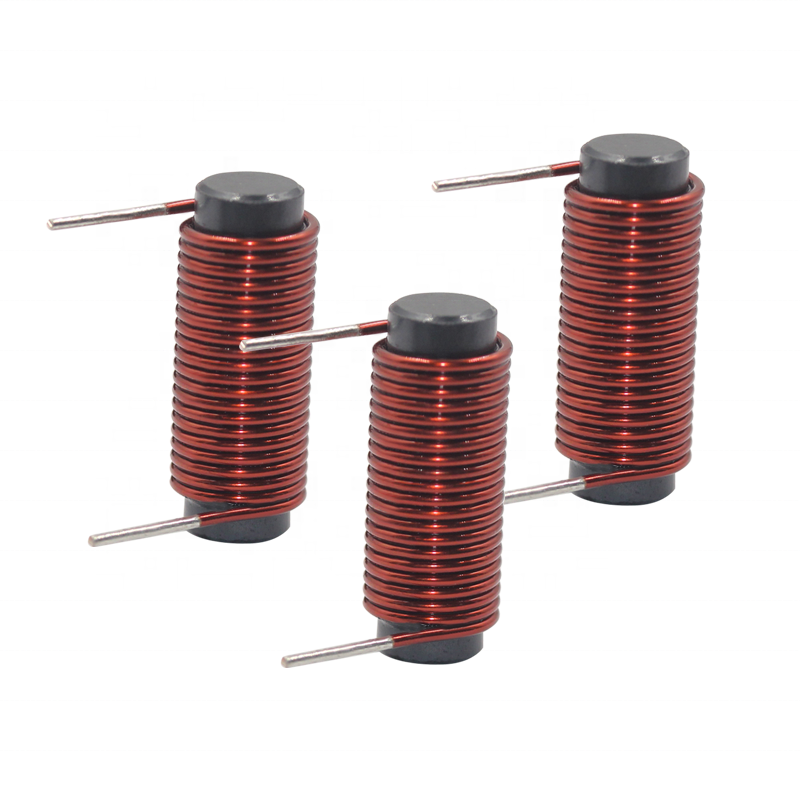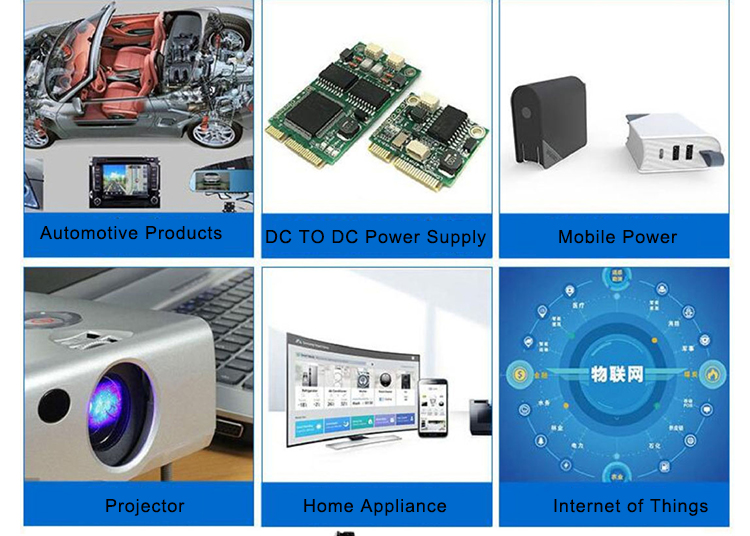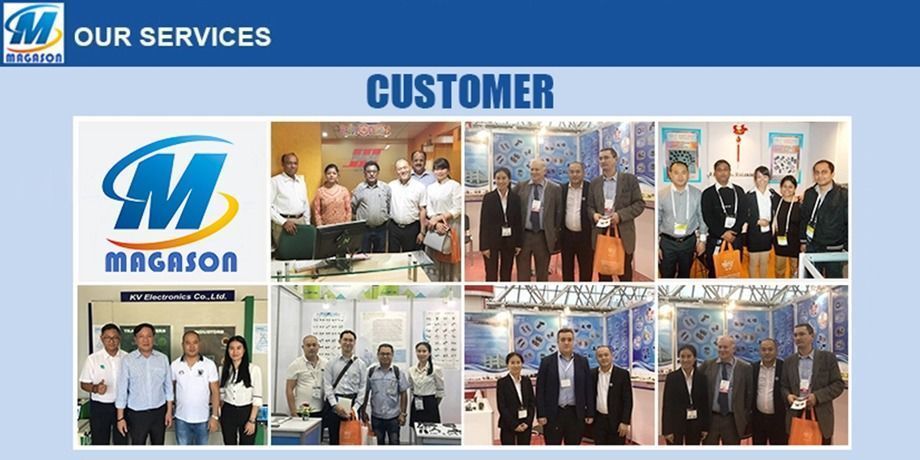There is nothing more than three in plc: switching quantity, analog quantity, and pulse quantity. Only by figuring out the relationship between the three, you will be able to master the PLC.
1. Switching quantity is also called logic quantity, which means only two values, 0 or 1, ON or OFF. It is the most commonly used control, and controlling it is the advantage of PLC and the most basic application of PLC.
The purpose of the quantity control is to make the PLC generate the corresponding switch output according to the current input combination of the switch quantity and the historical input sequence, so that the system can work in a certain order. Therefore, it is sometimes called sequential control.
The sequence control is divided into manual, semi-automatic or automatic. The control principles adopted are three types: dispersion, concentration and hybrid control.
2. Analog quantity refers to some continuously changing physical quantities such as voltage, current, pressure, speed, and flow.
The PLC was developed after the introduction of microprocessor technology into the microprocessor. It can be conveniently and reliably used for switching control. Since the analog quantity can be converted into a digital quantity, the digital quantity is only a multi-bit switching quantity, so the PLC can also perform the processing control reliably with the converted analog quantity.
Since continuous production processes often have analog quantities, analog control is sometimes referred to as process control.
The analog quantity is mostly non-power, and the PLC can only process digital quantity and power. All the transitions between them are to have sensors that convert analog quantities into quantities. If this power is not standard, it must pass through the transmitter to change the non-standard power into a standard electrical signal, such as 4-20mA, 1-5V, 0-10V and so on. (http:// Copyright)
At the same time, there must be an analog input unit (A/D) to convert these standard electrical signals into digital signals; an analog output unit (D/A) to convert the digital quantities processed by the PLC into analog quantities - standard Electrical signal.
Therefore, the conversion between standard electrical signals and digital quantities requires various operations. This requires a clear understanding of the resolution of the analog unit and the standard electrical signal. E.g:
The resolution of the PLC analog unit is 1/32767, the corresponding standard power is 0-10V, and the temperature value to be detected is 0-100 °C. Then 0—32767 corresponds to a temperature value of 0-100 °C. Then calculate the number corresponding to 1 ° C is 327.67. If you want to accurately measure the temperature to 0.1 °C, put 327.67/10.
Analog control includes: feedback control, feedforward control, proportional control, fuzzy control, etc. These are the calculation processes of the digital quantity inside the PLC.
3. The pulse quantity is a digital quantity whose value is constantly changing between 0 (low level) and 1 (high level). The number of times the pulse changes alternately per second is called the frequency.
The control purpose of PLC pulse quantity is mainly position control, motion control, and track control. For example: the application of pulse number in angle control. The stepping motor driver is subdivided by 10,000 per revolution and requires a stepper motor to rotate 90 degrees. Then the pulse value of the desired action = 10000 / (360 / 90) = 2500.
Rod core coil is winding the copper wire onto a Mn-zn or Ni-Zn Ferrite Core. Their features are high current capacity, low core loss at frequency and high magnetic saturation. Customized designs available for different request Applications. They usually be used in Switching regulators, Motors, Power amplifiers, Power supplies, Broadband filtering, Typical in VHF.

| Mode: | Air inductor ferrite rod antenna used for radio antenna, LF/HF RFID antenna/Rod core induction coil |
| Material: | NiZn,MnZn, soft ferrite rod core. |
| Application |
Led light driver, GPS,Computer,Audio/video components, Electric PCB board,switch,various current circuits,filters,AC adapter,air conditioning,Car Ignitor,...ETC |
| Inductance: | 1uH-1H |
| IDC: | 0.1A-30A |
| Certificated: |
ISO9001-2015, SGS-ROHS. |
| MOQ: | No MOQ for the trial order. |
| Samples/Delivery: | 1-5pcs free samples for freight collect. /5-10days. |
| Type of payment: | T/T, Western Union, L/C, Alipay,Paypal,etc. D/A/... |
| Features: | Inductors,high current RF transformer made with soft ferrite core, include NiZn, MnZn, Amorphous, Iron powder metal core for winding, tinned, guled,content toroidal inductor, rod inductor, drum inductor,smd chip inductor coil,widely used in many PCB boards, for filers, EMI/EMC, Anti-noise,Amplifier,RF transformer,..... |
| Advantage: |
1.Ferrite core and inductor Factory. 2.Good quality products with factory price. 3.Enough production capacity provide good delivery time. 4.Special products customized accepted. 5.Good aftersales services. |



Rod Core Coil,R Bar Coil,Rod Core Choke,Magnetic Rod Inductor
Shaanxi Magason-tech Electronics Co.,Ltd , https://www.magason-tech.com